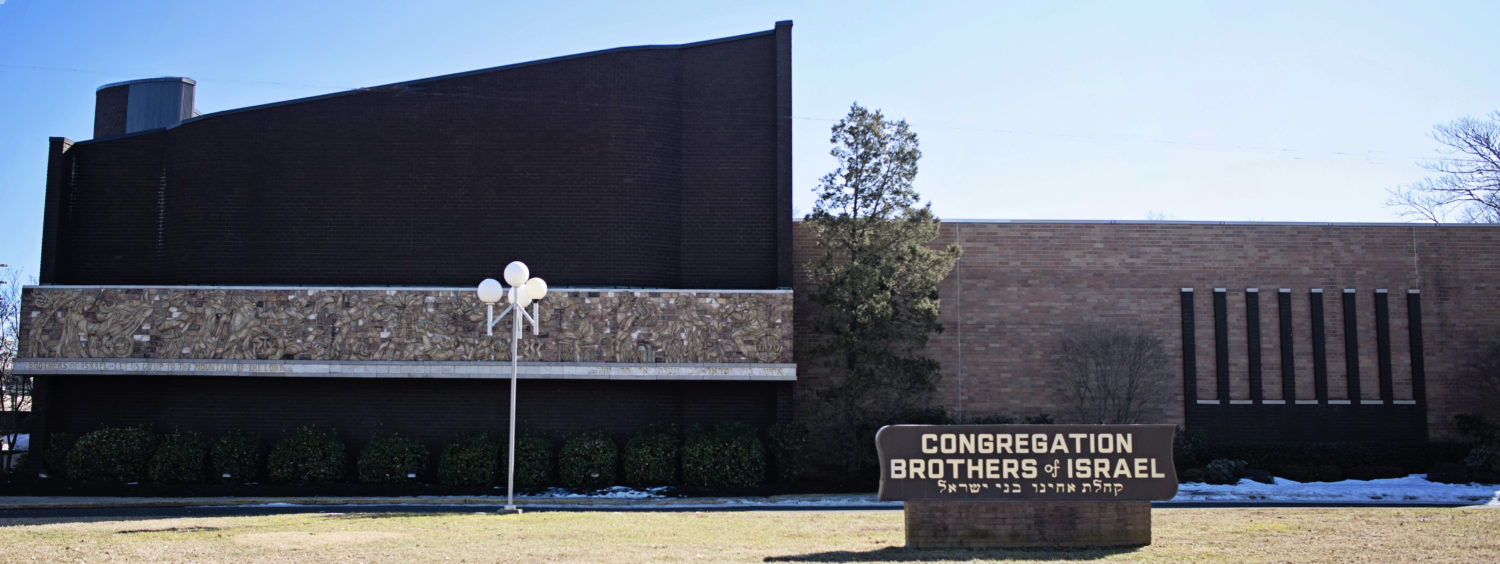Loving All Jews Despite the Differences
Adapted from Rabbi Braun’s sermon in 5768
Every Week I read the Yated Ne’eman, a weekly newspaper that is written for the ultra orthodox communities in America in order to keep up with the news from all parts of the Jewish world. Of special interest if a section called “readers write” which is something like a letter to the editor where all letters are published about nearly any topic in the world. It is a great window into the “everyman” of the chareidi world.
Every so often I regret reading the paper at all as I find something that depresses me terribly.
With regard to this topic, there are three issues at hand: First, there is the Zionist movement itself. Secondly, there is the issue of a medinah. Finally, there is a question of what our relationship should be with the medinah.
There is no difference of opinion in our circles whatsoever in our shita about the Zionist movement. They are corrupt, morally bankrupt, and have brought calamity on our people. All of our gedolim agreed on this point.
This is just one area of fundamental disagreement between or communities and yet they are our Jewish brethren, our fellow orthodox Jews. How do we reconcile these differences? How do we overcome our sense of religious isolation?
The issue was raised for me again after a long phone call from a person in Lakewood calling for money from our tzedaka fund after he described the issues that he was facing in the community
I also had a meeting with someone from the area who was interested in joining our shul who was bemoaning the loss of ritual and observance in the non-orthodox denominations of Judaism, and that sent me the other way leaving me wondering not only what the relationship should be with those denominations but what is the context of that relationship? Wherein lies the bond that should connect us?
So many different types of Jews – what binds us and keeps us together?
The answer is to be found in the famous covenant scene portrayed and recorded in this morning’s Parsha. Moshe gathers the people for a second covenant, the first having taken place at Sinai, and he tells six of the tribes to ascend the mount of Grizzim and the other six of the tribes to ascend the mount of Eval and the elders of the Levites stood in the middle. The Levites then turned to the six of Har Grizim for the blessing section of the treaty and to the six on Har Eval for the curses and after each one the entire people responded amen.
This scene raises many questions:
- Why split the people at all?
- Why do half get only blessing and half only curses?
- Why are the 6 tribes receiving the blessings the 4 sons of Leah and both of Rachel’s sons, i.e. the children of the primary wives of Yaakov while the 6 receiving the curses were the sons of the secondary wives and 2 of Leah’s sons?
There are content questions as well but for now it is the scene that interests me.
There are the Leviim in the middle, flanked by the two different groups of Jews on either side. The people are split to show that there are different types of Jews and yes some will follow the road to the blessings and others will follow the road to the curses. Nevertheless we are all one people. That is demonstrated by the fact that to both the blessings and the curses all of the people respond amen. Not just the group on Har Grizzim or the group on Har Eval that answers, rather all answer together.
What binds us?
That we can see from the opening and closing verse of the brit. (Chapter 27)
9. And Moses and the priests the Levites spoke to all Israel, saying, Take heed, and listen, O Israel; this day you have become the people of the Lord your God.
10. You shall therefore obey the voice of the Lord your God, and do his commandments and his statutes, which I command you this day.
First and foremost we are bound by our obligation to perform God’s commandments. That is our connection to our chareidi brethren and it should not be underestimated or under appreciated. This is not to minimize the differences but we should never forget to accentuate the common ground that binds us and that is God’s Torah and its mitzvoth.
Then we look to the final verse of the covenant at the end of Chapter 28:
69. These are the words of the covenant, which the Lord commanded Moses to make with the people of Israel in the land of Moab, beside the covenant which he made with them in Horeb.
There is the content of the covenant and then there is the covenant itself. This covenant is made between God and the Jewish people, all of us, and as such it binds us together as a people with a shared destiny and a shared responsibility for that fate.
That too is a bond that should not be underestimated.
As we stand before RH and YK as a Jewish community before God, with the power and strength that can only come from begin a part of that community it is our responsibility to see past the differences and great as in certain cases they might be, and focus on what binds and unites all Jews together!


